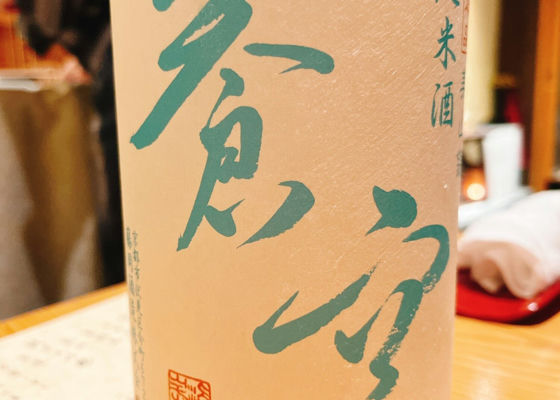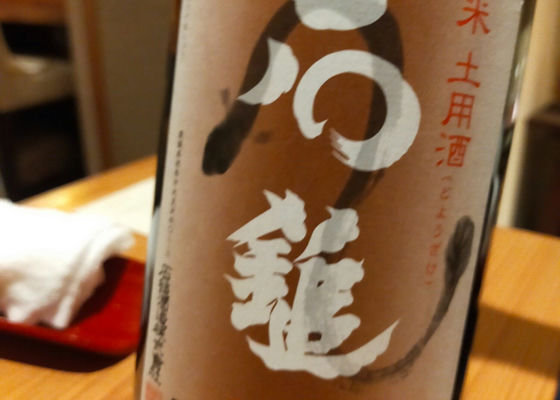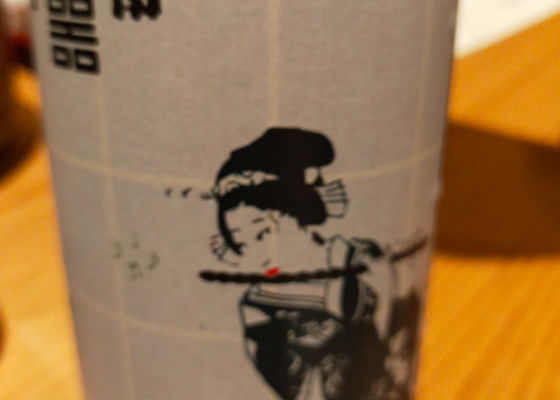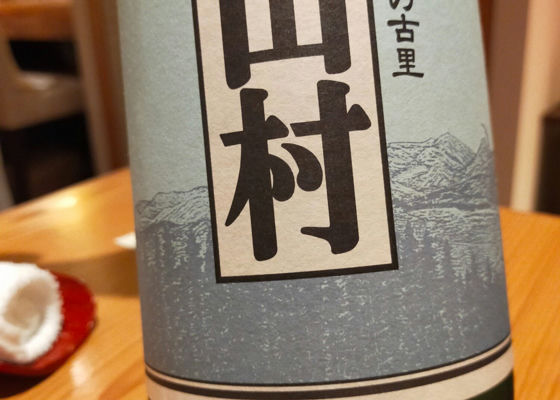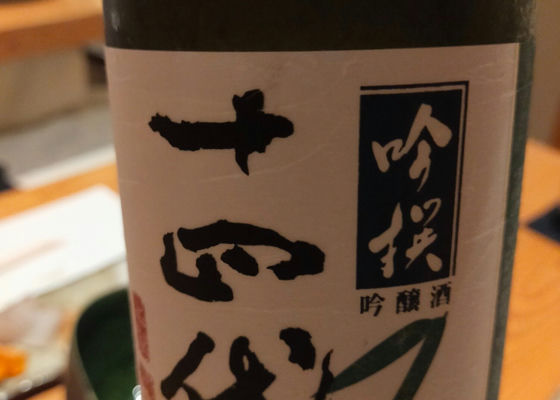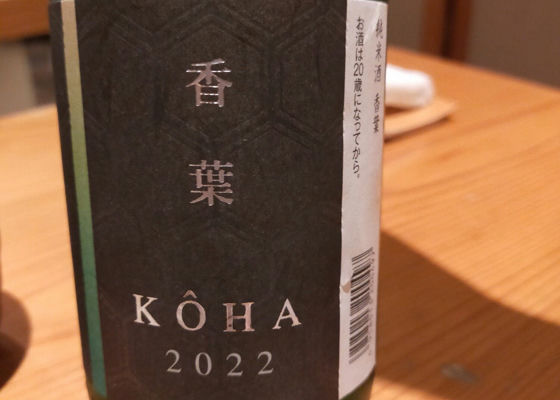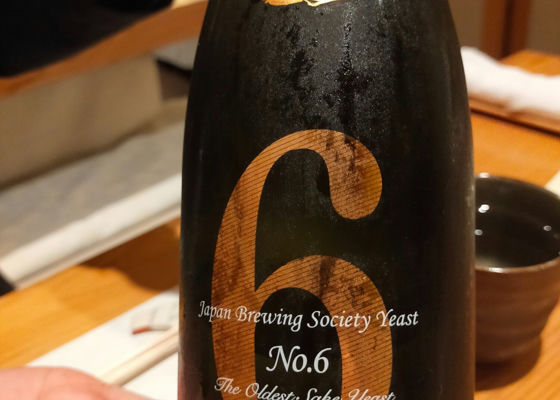Timeline
A.Clean, slightly sweet aftertaste.
After a few hours, maybe enough to make you sneeze.
Not quite my favorite, but tasty. ShironamekoThe last one at the sake festival at the restaurant we were invited to.
After being shown the back menu, my companion asked what they recommended at room temperature, and we chose this one. It has a much more robust flavor than Masamune. The name of the sake is said to wash away the oil from the eel, and it really had enough texture. Thank you very much for the food. ShironamekoSake Festival No. 5 at the invited restaurant.
I'm almost full of sake.
I was attracted by the name, so I went to Fukushima. This is the last one! I was so excited to taste this one that I felt it was the last one, regardless of the alcohol content. ShironamekoSake Festival No. 4 at the restaurant where I was invited.
If the name is simple, the taste is also simple in a good sense. From the name, I thought it might be Miharu, but it turned out to be Koriyama. At last, we turned back here. ShironamekoSake Festival No. 3 at the restaurant where I was invited.
We share a little by little and start to taste it. Ginjo-shu. The name is simple. Finally, the first Jyushiyo. The name may have overwhelmed you. Anyway, it's a taste that leaves you with a lingering aftertaste. ShironamekoSake Festival No. 2 at the restaurant I was invited to.
First of all, I couldn't read the kanji (sweat). The label is austere. It was a continuation from Shinmasa, perfect for a shift to dry sake. It blended well with the appetizers. ShironamekoSake Festival at the invited restaurant, part 1.
The choice was not too much. It was the sweetest sake I had ever tasted, yet refreshing. I had never experienced such a sake before. RecommendedContentsSectionView.title
